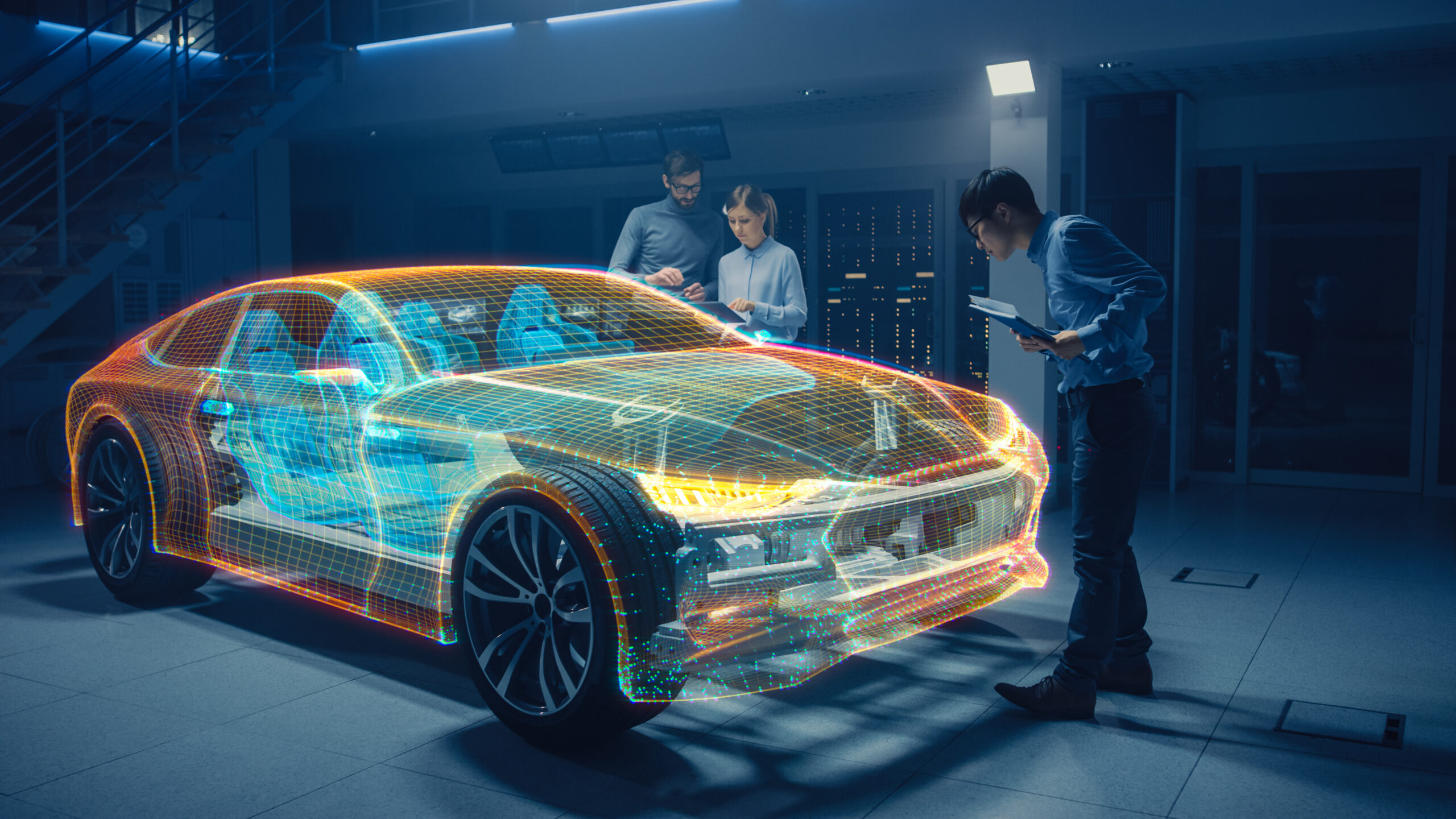Can a simulation be patented?
In March 2021 the long-awaited ruling of the Enlarged Board of Appeal in Case G1/19 appeared regarding simulations and whether they are patentable in principle.
This article first takes a closer look at G decisions before describing the specific G1/19 case.
Why are G decisions so critical?
In a G decision, the Enlarged Board answers questions put to it by a Board of Appeal when it has doubts about reaching a decision on the correct interpretation of legal texts. The role of the Enlarged Board is laid down in Article 112 of the European Patent Convention. G decisions are vital because they create new, binding, case law. These decisions are also special because they are rare; they occur on average about once a year.
What is G1/19?
In an earlier article, we already discussed the background to case G1/19. The case arose when the Board of Appeal considered in case [T0489/14] whether a simulation of the movement of an autonomous entity (in particular a pedestrian) through an environment has a technical effect. This question was submitted in the procedure for the European application [EP03793825.5].
Before we take a detailed look at the G1/19 decision, it is helpful to get a better picture of what the term “technical” means within the context of a patent. Peculiar is that, although it is required by law for patents to have a technical character, no concrete definition is provided of what should be regarded as technical. The following sentence from the Rote Taube pronunciation comes close to a definition:
The term “invention” implies a technical teaching, characterised as “a teaching to methodically utilise controllable natural forces to achieve a causal, perceivable result”.
In other words, a technical invention must have a causal and observable impact on the physical world. In addition to conflicting with what is popularly regarded as technical, this broad definition also poses a problem when protection is sought for software inventions. Not every software program has an obvious observable physical effect. Often, a technical effect of software is found in an efficiency improvement that ensures that a calculation is faster or more energy-efficient. However, what is a technical effect of a simulation?
The questions
The Board of Appeal was of the opinion that the current legislation was not clear enough to provide an appropriate answer to the question posed above and submitted three questions to the Enlarged Board that can be summarised as follows.
- Can a computer simulation of a technical system or process have a technical effect that goes beyond implementation on a computer?
- If so, what are the relevant criteria to determine that a simulation solves a technical problem, and is it sufficient that the simulation is based on the underlying technical principles of the simulated process?
- What is the answer to the above questions when the simulation is part of a (non-technical) design process?
The answers
Essentially, the Enlarged Board’s answer to the above questions entails:
- It is possible that a computer simulation solves a problem by producing a technical effect that goes beyond the implementation on a computer;
- It is not sufficient for the simulation to be based on the technical principles of the process; and
- The above answers remain unchanged if the simulation is part of a design process.
Ultimately, it can be concluded that the decision of the Technical Chamber of Appeal adds little to the existing legislation and mainly confirms it. It is also noticeable that for question 2, they did not consider it necessary to draw up a clear list of criteria. They felt that a more limited answer should be enough to decide the underlying case. The question is how happy the Technical Board of Appeal will be with this decision. It now has to reconsider case T0489/14. G1/19 demonstrates that a simulation can, in principle, be patented, but the Board of Appeal has yet to decide whether this simulation is actually worthy of a patent.
Are you wondering if your computer-implemented invention is technical enough for patent protection? Please contact us to discuss the various options for protecting your invention.











